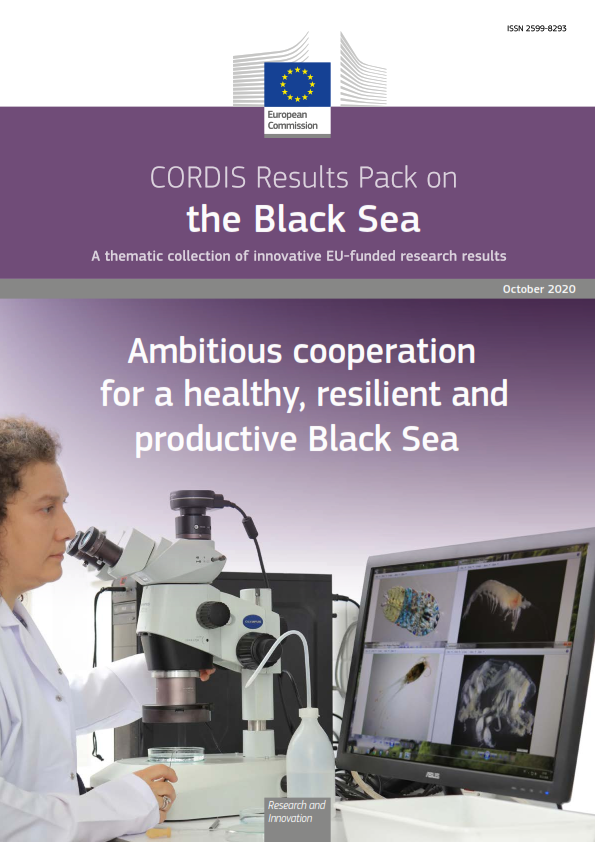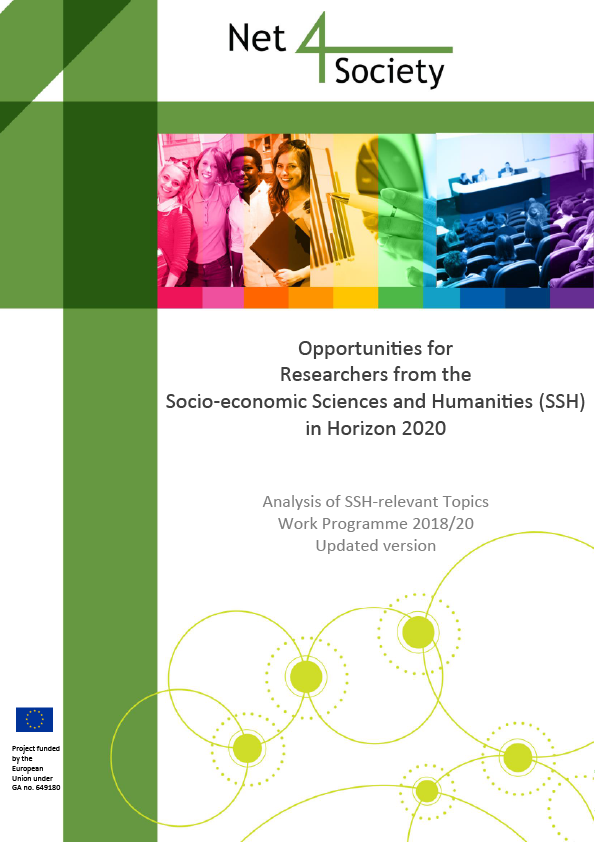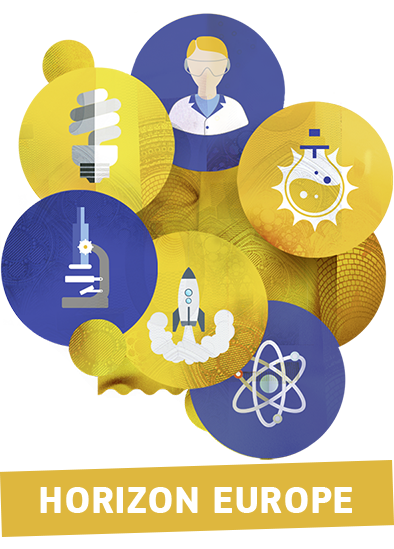Main pillar:
- Secure, Clean and Efficient Energy
Budget:
Currency:
Call deadline:
Statut:
- Closed
Description:
Competitive Low-Carbon Energy Call: Renewable electricity and heating/coolingTwo stage projects: September 03, 2014 – stage 1 and March 03, 2015 – stage 2Specific challenge: Complementing the global challenges outlined above, the following technology-specific challenges have to be addressed in 2014:a. Photovoltaics: Developing next generation high performance PV cells and modules – Highly efficient, novel PV concepts, need to be developed based e.g. on advanced materials and processes, and/or innovative approaches to light management and solar spectrum matching/modification. The challenge is to bring practical performance close to theoretical limits.b. Concentrated Solar Power (CSP): Making CSP plants more cost competitive – Increasing the efficiency and reducing the construction, operation and maintenance costs of CSP plants are the main challenges. Innovative solutions and concepts are necessary in order to increase plant performance and reduce cost through improved components, improved plant control and operation, and innovative plant configurations.c. Wind energy: Develop control strategies and innovative substructure concepts - There is a need for i) control strategies and systems for new and/or large rotors and wind farms (on- and offshore); ii) new innovative substructure concepts, including floating platforms, to reduce production, installation and O&M costs for water depths of more than 50m.d. Ocean energy 63: Develop emerging designs and components – Innovative designs and components are needed to ensure efficient and effective long-term cost reduction as well as to achieve high levels of reliability and survivability for at least 20 years in harsh conditions.e. Hydropower: Boosting peak power through sustainable hydropower – Existing hydropower stations need refurbishment and this opportunity should be used to modernise the power plants. Therefore, innovative and improved turbines or generators and related main equipment having a more robust design allowing operation in a wider range of heads and loads to increase power output, improve efficiency and dynamics should be developed.f. Deep geothermal energy: Development of new drilling technologies and concepts for geothermal energy – New drilling technologies and concepts are necessary to increase the number of economically viable geothermal resources, including in hard rock and high temperature/pressure conditions, and have a demonstrably smaller environmental footprint by comparison to existing drilling methodologies. Cross-fertilisation with hydrothermal oil and gas technologies and operations shall be explored.g. Renewable Heating and Cooling:i. Solar cooling systems64 – Solar cooling systems reliability remains uncertain causing high installation and operation costs and hampering acceptance. Innovative solutions are needed to reduce the complexity of the installation, to improve components performance and reliability, and to ensure cost reductions.ii. Improving efficiency of biomass heating and CHP systems while widening the feedstock base65 – Micro and small-scale CHP (0.5-250 kW and 0.25-1 MW input power respectively) have a high potential for heat and electricity production for decentralized applications. Cost effective, robust and environmentally friendly micro and small-scale CHP with high thermal and electrical efficiency need to be developed allowing the use of solid, liquid or gaseous sustainable biomass feedstock.For 2015, the following technology-specific challenges have to be addressed:a. Photovoltaics: Developing very low-cost PV cells and modules – Proposals are requested to develop very low-cost but highly performing concepts either reducing constraints on the demand on natural resources (low material use) or using low cost materials, while having efficient manufacturing processes of cells and of modules and improving device performance and durability for competitive energy costs. Proposals are also requested to explore innovative applications.b. Concentrated Solar Power (CSP): Improving the environmental profile of the CSP technology – CSP plants rely on water for cleaning the reflecting surfaces, for power generation and for cooling. Innovative solutions are needed to significantly reduce or replace the water consumption while maintaining the overall efficiency of the CSP plants, and limiting their environmental impact.c. Wind energy: Substantially reduce the costs of wind energy - There is a need for i) innovative integrated dedicated offshore systems (e.g. with a significant lower mass per unit power installed) to reduce production, installation and O&M costs for water depths of more than 50m.d. Ocean energy 66: Ensure efficiency and effective long term cost reduction and high levels of reliability and survivability - There is a need to gather experience in open sea operating conditions, structural and power performance and operating data of emerging full scale wave and tidal energy convertors and components in single and/or multiple device configuration. For the overall development cycle a better resource assessment is needed as well.e. Hydropower: Increasing flexibility of hydropower – Hydropower is still amongst the largest sources of renewable energy. The challenge is however to make hydropower in the >100MW range available in a time as short as possible. New technologies need to be developed to increase ramping rates and to allow start-stop-cycles to reach up to 30 times per day depending on head and volume, while lifetime of components and respective life time prediction methods under heavy-duty operating conditions are considerably improved while avoiding adverse effects on downstream water courses.f. Deep geothermal energy: Development of new technologies and concepts for geothermal energy - New technologies and concepts for geothermal energy are necessary to increase the number of economically viable geothermal resources, including in hard rock and high temperature/pressure conditions, and to have a demonstrably smaller environmental footprint to existing technologies. Crossfertilisation with hydrothermal oil and gas technologies and operations shall be explored.g. Renewable Heating and Cooling:i. Solar heating for industrial processes67– The potential benefit of using solar heat above 200°C in industrial processes has been already acknowledged. Innovative concepts, processes and technologies for these applications are needed which can be easily integrated into existing industrial plants and processes.ii. Improving efficiency of low emission biomass heating and CHP systems while widening the feedstock base68 – Current residential-scale boilers can combust only one type of feedstock (e.g. wood chips, wood pellets). New flexible and robust residential-scale low emission boilers for heat applications need to be developed using a wider range of sustainable feedstock (including mixtures) with high ash content such as agricultural and forest residues, upgraded solid or liquid bioenergy carriers with higher energy density and industrial byproducts.Scope: Proposals should address one or more of the technology-specific challenges described above, including between renewables areas, where new, innovative ideas are welcome. They should bring technology solutions to a higher TRL, from TRL 3-4 to 4-5 (please see part G of the General Annexes).Technical issues, synergies between technologies, regional approaches, socio-economic and environmental aspects from a life-cycle perspective (including public acceptance, business cases, pre-normative and legal issues, pollution and recycling) need to be appropriately addressed where relevant.Environment, health and safety issues shall be considered in all developments and appropriately addressed.An important element for the entire area of renewables will be the need for an increased understanding of risks in each area (whether technological, in business processes, for particular business cases, or otherwise), risk ownership, and possible risk mitigation. Proposals shall therefore include appropriate work packages on this matter.Proposals shall explicitly address performance and cost targets together with relevant key performance indicators, expected impacts, as well as provide for development of explicit exploitation plans. Proposals should also indicate the current Manufacturing Readiness Level (MRL, see Annex to this work programme) and the activities needed to keep the MRL aligned with the advances in the TRL that will be undertaken in the proposal to ensure the potential for exploitation.The Commission considers that proposals requesting a contribution from the EU of between EUR 3 to 6 million would allow this specific challenge to be addressed appropriately. Nonetheless, this does not preclude submission and selection of proposals requesting other amounts.Technological innovation related to the integration of renewable generation in the industrial and residential sectors can be addressed in the Energy Efficiency call or Smart Cities and Communities call. Improving the energy efficiency of district heating and cooling networks is addressed in the Energy Efficiency call.Expected impact: The proposals are expected to have one or more of the general impacts listed below:• Significantly increased technology performance.• Reducing life-cycle environmental impact.• Improving EU energy security.• Making variable renewable electricity generation more predictable and grid friendly, thereby allowing larger amounts of variable output renewable sources in the grid.• Increasing the attractiveness of renewable heating and cooling technologies by improving cost-competitiveness, reducing complexity and increasing reliability.• Bringing cohesion, coherence and strategy in the development of new renewable energy technologies.• Nurturing the development of the industrial capacity to produce components and systems and opening of new opportunities.• Strengthening the European industrial technology base, thereby creating growth and jobs in Europe.• Reducing renewable energy technologies installation time and costs.• Increasing the reliability and lifetime while decreasing operation and maintenance costs.• Contributing to solving the global climate and energy challenges.Type of action: Research & Innovation ActionsThe conditions related to this topic are provided at the end of this call and in the General Annexes.____________________________________________________63 Marine energy is also addressed under the cross-cutting 'Blue Growth' focus area led by Challenge 2 (Food security, sustainable agriculture and forestry, marine and maritime and inland water research and the bioeconomy), in particular under the area 'New Offshore Challenges'.64 Projects selected under this heading might be considered contributing to the objectives of the SPIRE PPP depending on the centre of their activities.65 Biomass supply is addressed in LCE 11 and LCE 12. Proposers are advised also to consult the work programme of the Bio-Based Industries JTI, which is expected to be published mid-2014.66 Marine energy is also addressed under the cross-cutting 'Blue Growth' focus area led by Challenge 2 (Food security, sustainable agriculture and forestry, marine and maritime and inland water research and the bioeconomy), in particular under the area 'New Offshore Challenges'.67 Projects selected under this heading might be considered contributing to the objectives of the SPIRE PPP depending on the centre of their activities.68 Biomass supply is addressed in LCE 11 and LCE 12. Proposers are advised also to consult the work programme of the Bio-Based Industries JTI, which is expected to be published mid-2014._____For updated call's content and conditions please consult the Work Program on: http://ec.europa.eu/programmes/horizon2020/en/h2020-section/secure-clean...









